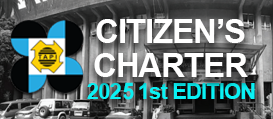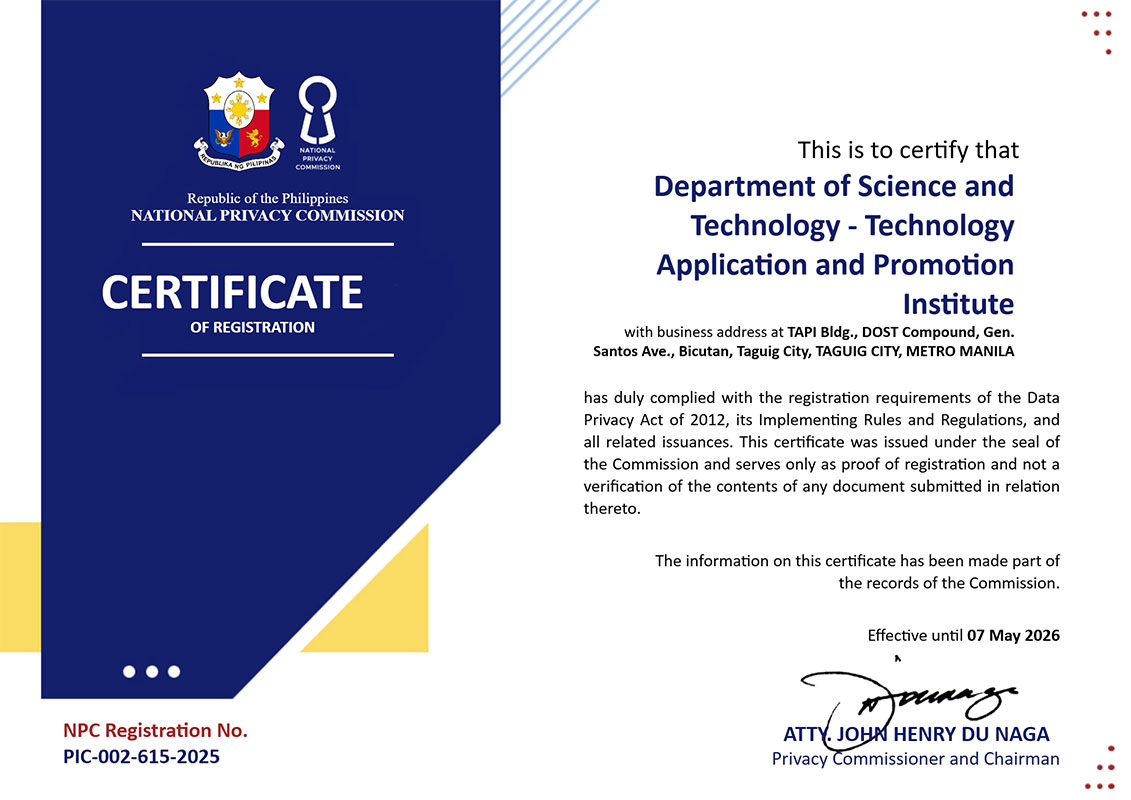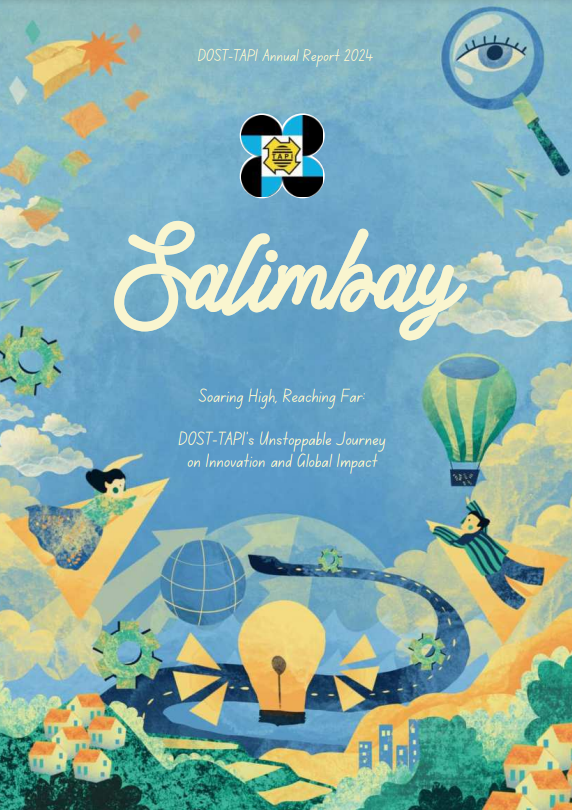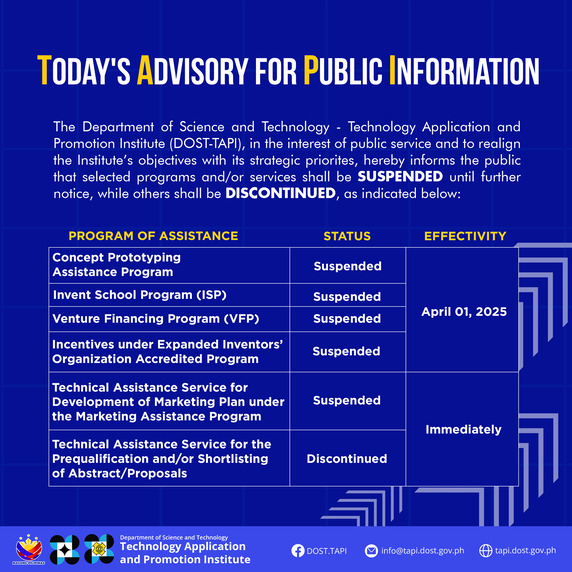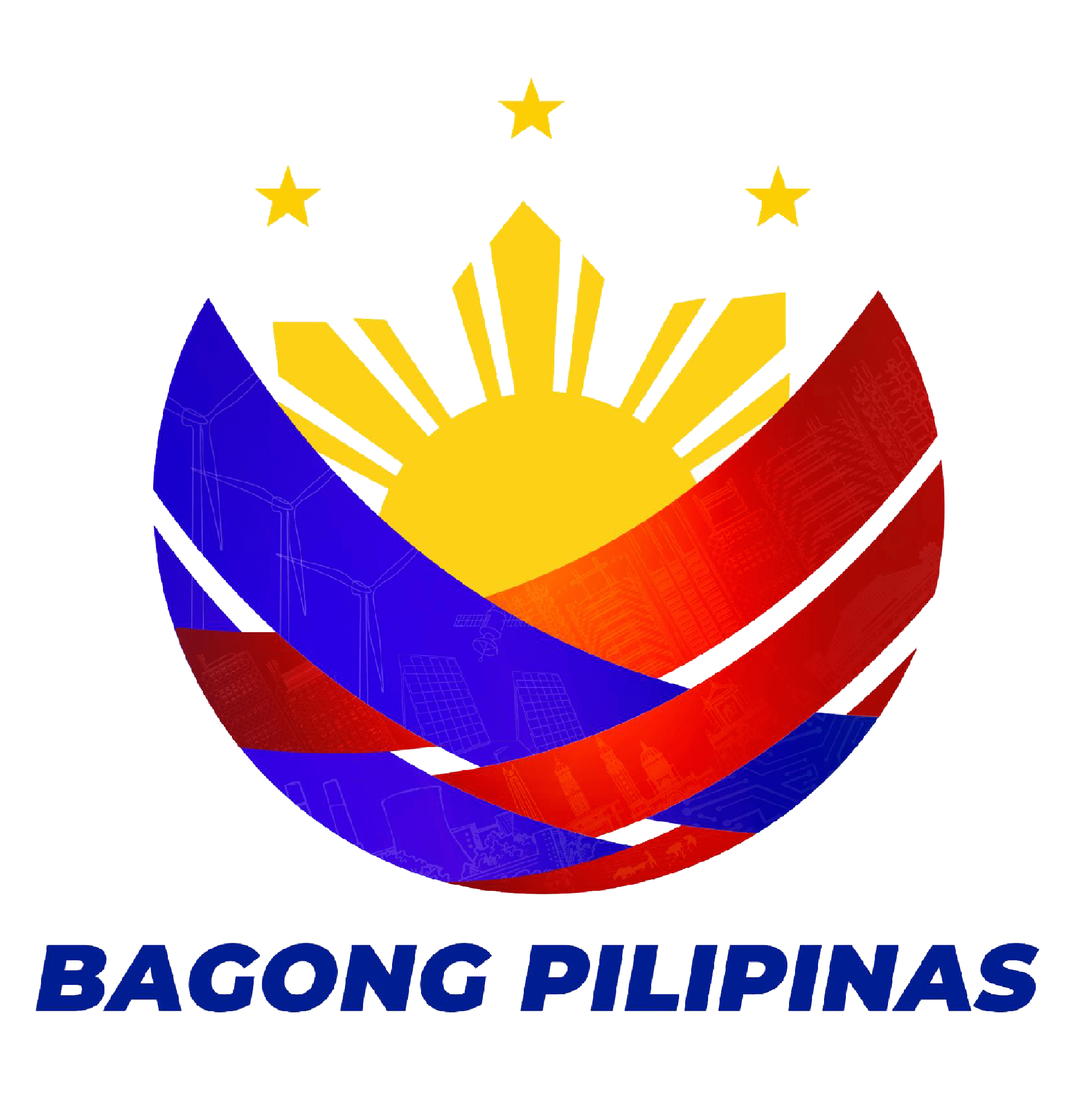- Details
By Dyann Daniel
In the heart of the Philippines, amidst the vibrant landscape of innovation, two brilliant minds, Lorna Relleve and Charito Aranilla, have spearheaded a groundbreaking invention set to transform the agricultural sector globally. Their creation, the Super Water Absorbent (SWA) gel, stands as a testament to the power of scientific ingenuity and environmental consciousness.
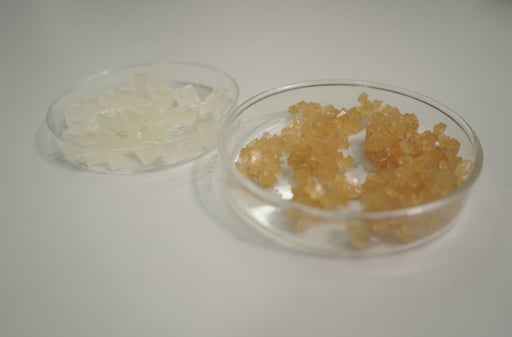
This biodegradable, non-toxic gel, derived from a fusion of cassava starch and acrylic acid, has emerged as a game-changer in sustainable farming practices. With its remarkable ability to absorb water up to 500 times its dry weight, the SWA gel holds the promise of revolutionizing irrigation methods, enhancing crop productivity, and mitigating the adverse effects of drought.
- Details
By Matt Jerome Casequin
In a world increasingly being aware of the environmental footprint of industrial processes and products, the quest for sustainable solutions has become paramount. Fortunately, we have come to see a groundbreaking invention – the Carboxymethyl Hyaluronic Acid (CMHA) Hydrogels, a true game-changer in diverse sectors ranging from healthcare to textiles. This invention was created in the busy laboratories of the Philippine Nuclear Research Institute of the Department of Science and Technology (DOST-PNRI).
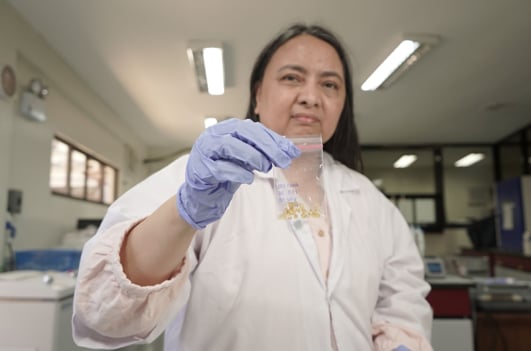
The Invention
CMHA Hydrogels are derived from hyaluronic acid, a compound renowned for its multifaceted biological functions, including promoting cell migration and proliferation. In general, hydrogels are materials that can hold large amounts of water in their 3-dimensional structure. This ability to retain water makes hydrogels unique and useful for various applications. What sets CMHA apart is its production process, which eschews toxic agents in favor of a green approach utilizing only water and radiation. This not only ensures a high-purity product but also underscores its eco-friendly credentials. For instance, it can provide a moist environment around the wound and support the healing process.
CMHA hydrogels were created using green technology which means that they are prepared without chemical additives and at ambient temperature. They are derived from hyaluronic acid which has diverse biological functions and the addition of the carboxymethyl group imparts additional functionalities. Without toxic crosslinking agents, our hydrogels exhibit exceptional biocompatibility.



